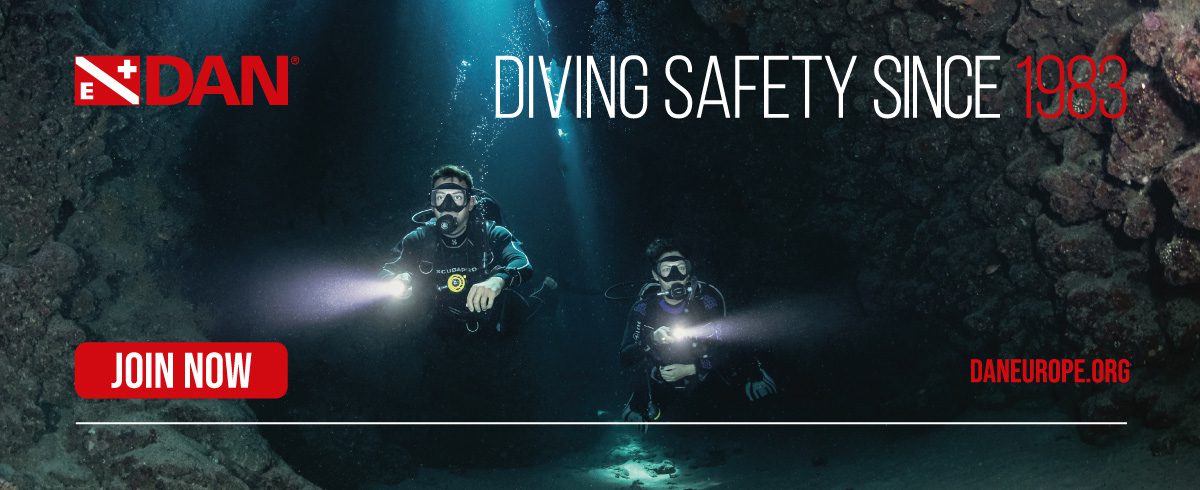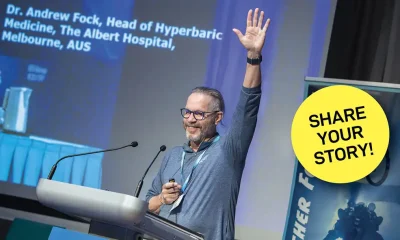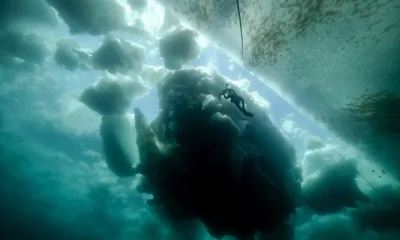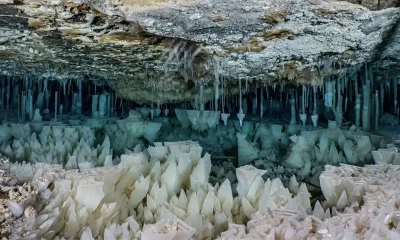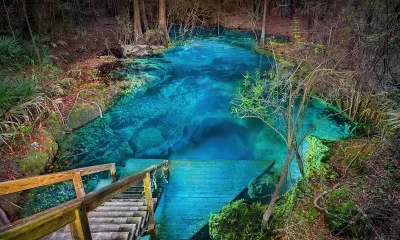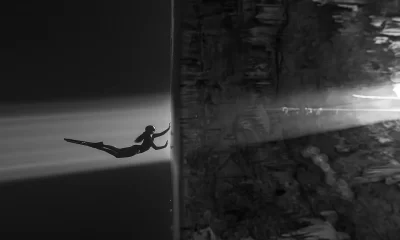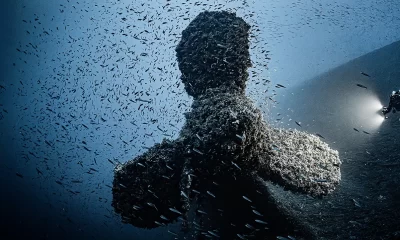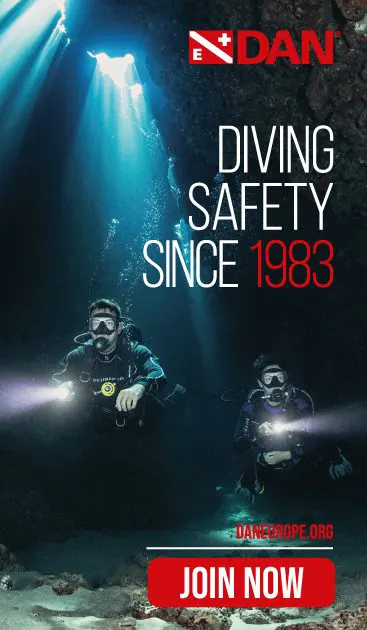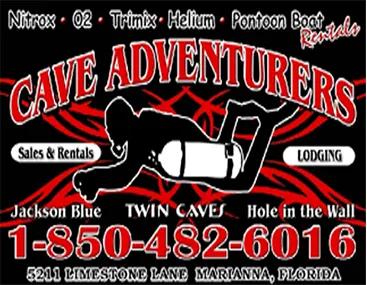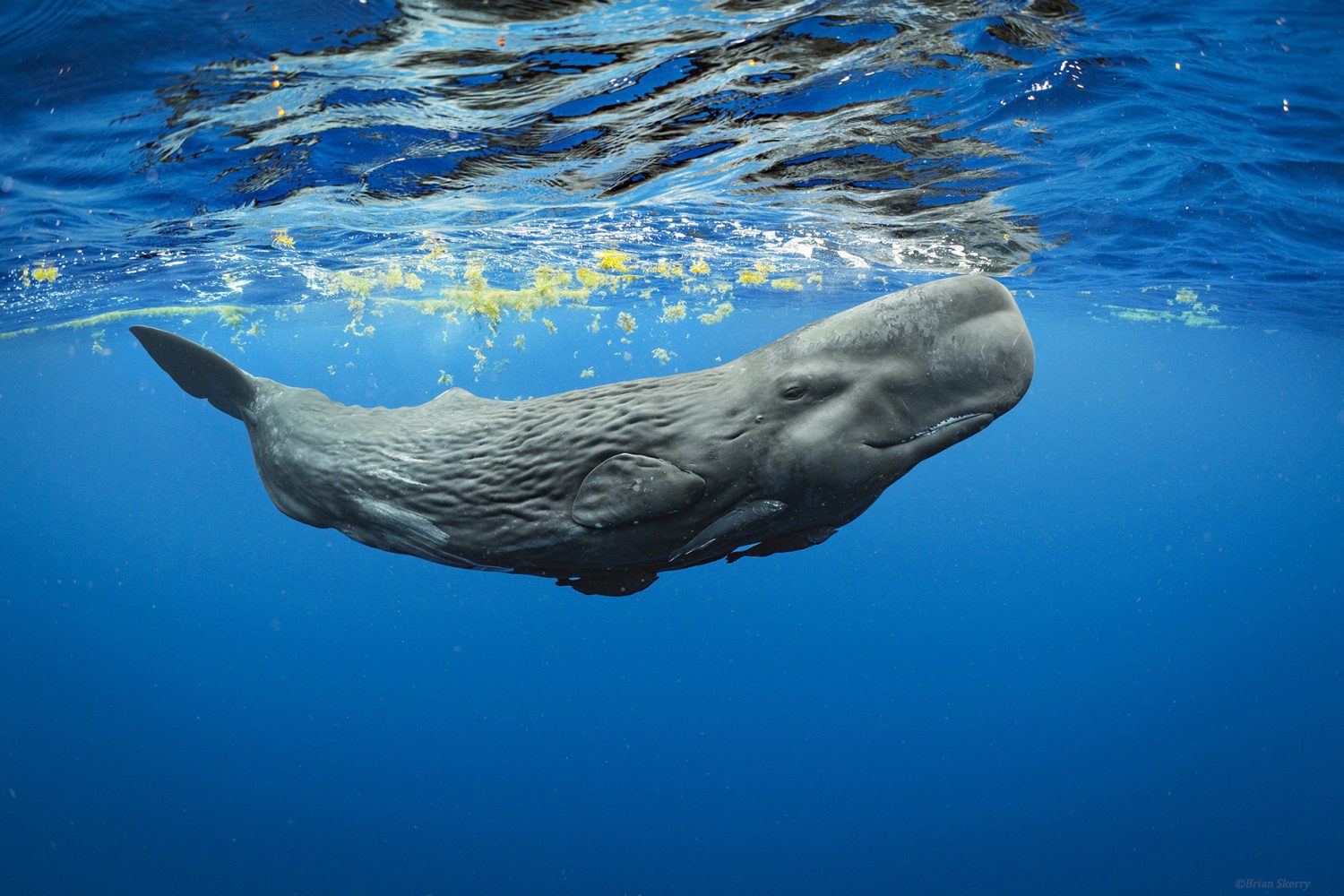
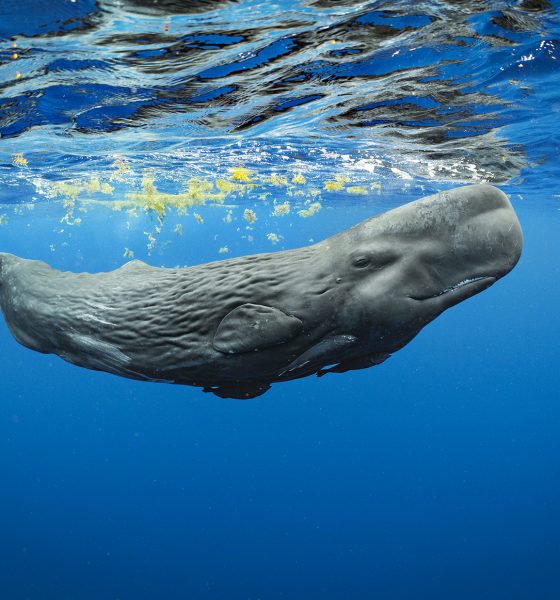
Art
W I L D Life
Acclaimed National Geographic marine wildlife photographer Brian Skerry proffers a guided tour of his work—it’s a labour of love.
“When people ask me how I got started, I usually describe falling in love with the ocean as a little boy growing up in Massachusetts, wanting to be an ocean explorer. I was watching the old Cousteau shows and reading National Geographic. So, my initial desire was to just explore the ocean. To explore and swim with sharks and whales and dolphins and shipwrecks and do cool things.”



“I think of myself as a storyteller. I am always trying to find meaningful ways to engage audiences about our planet. Over the years, a lot of my work has evolved into conservation because I was seeing all these problems in the ocean that I didn’t think were evident to most people. I knew I had a unique opportunity to reach a big platform. Ultimately, I believe that people protect what they love and that we need to find new ways to get their attention, get them to care.”


“My entrée into National Geographic was as a shipwreck photographer. Geographic had actually published a couple of my photos that I had randomly submitted; one was a Doria photo, on the anniversary of the Andrea Doria’s sinking, that ran in their front matter of the magazine. The other was a rare fish that I photographed in the Bahamas.”



“I was always fascinated by wildlife and dreamed of working with animals like sharks, whales, and dolphins. In some ways I think that I believed (and still do) that natural history stories were where I could create the most meaningful stories. Using science to better understand our planet and our relationship with everything around us. I’ve come to realize that everything is connected and that our actions matter.”

“Then I looked at orca research and learned about their feeding strategies and how this varies, depending on where they are in the world. For example, the orca that live in New Zealand have a preference for stingrays. The ones in Patagonia like sea lion pups. They are identical animals, like humans, but they’re doing things differently in different parts of the world based on what they were taught by their ancestors; traditions that have been handed down through generations.”
See accompanying story: Exploring Whale Culture with National Geographic Photojournalist Brian Skerry










